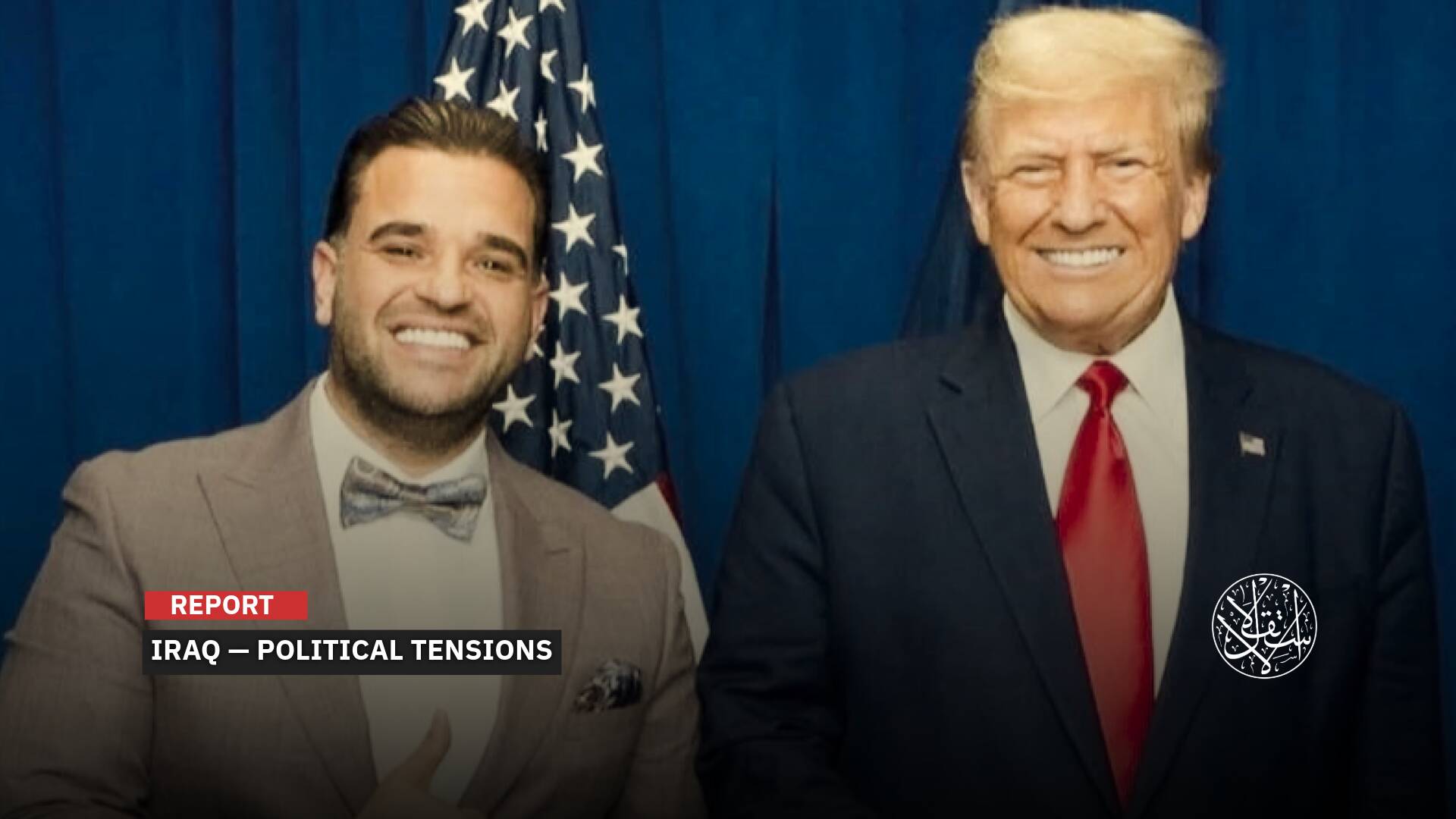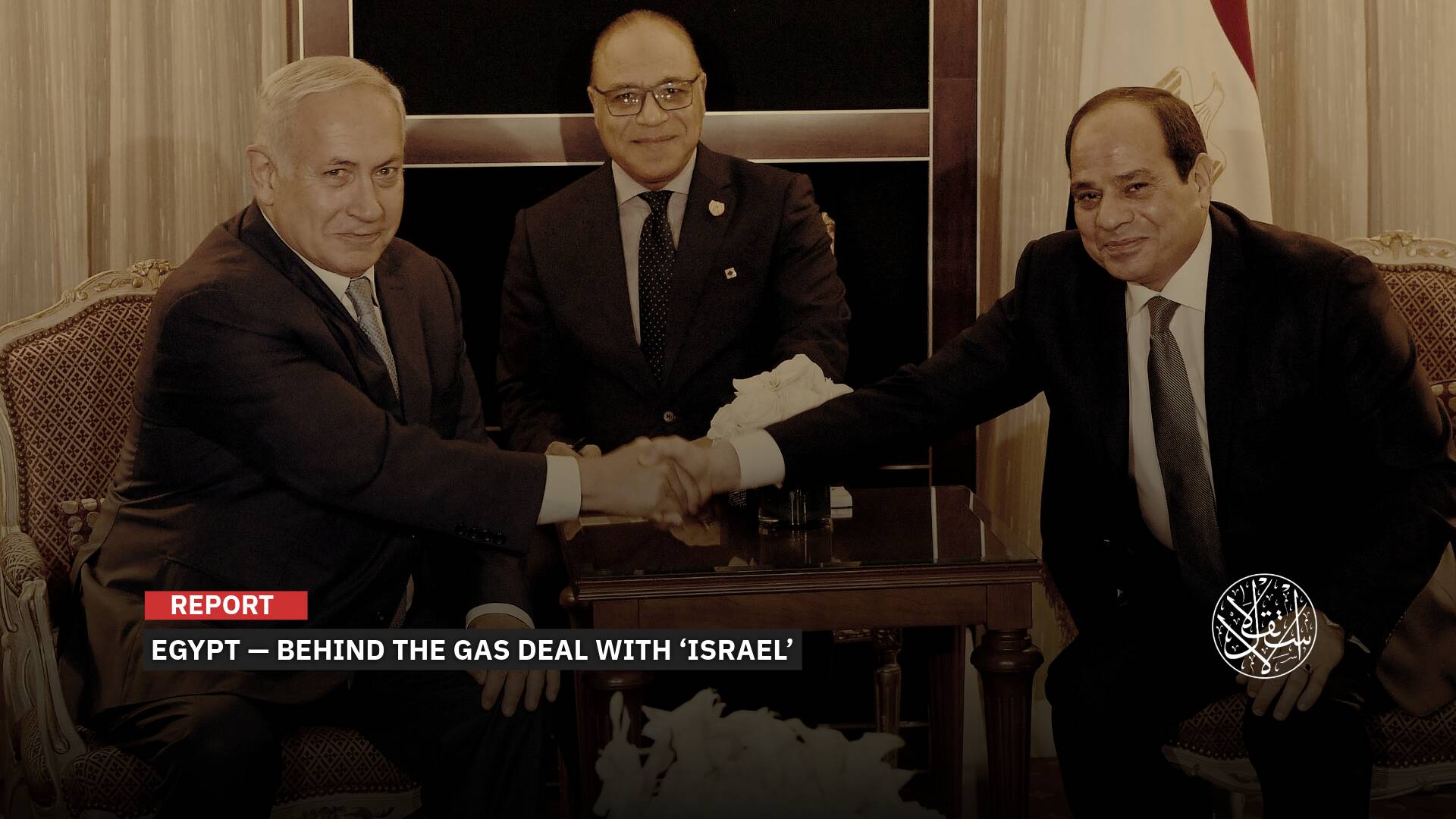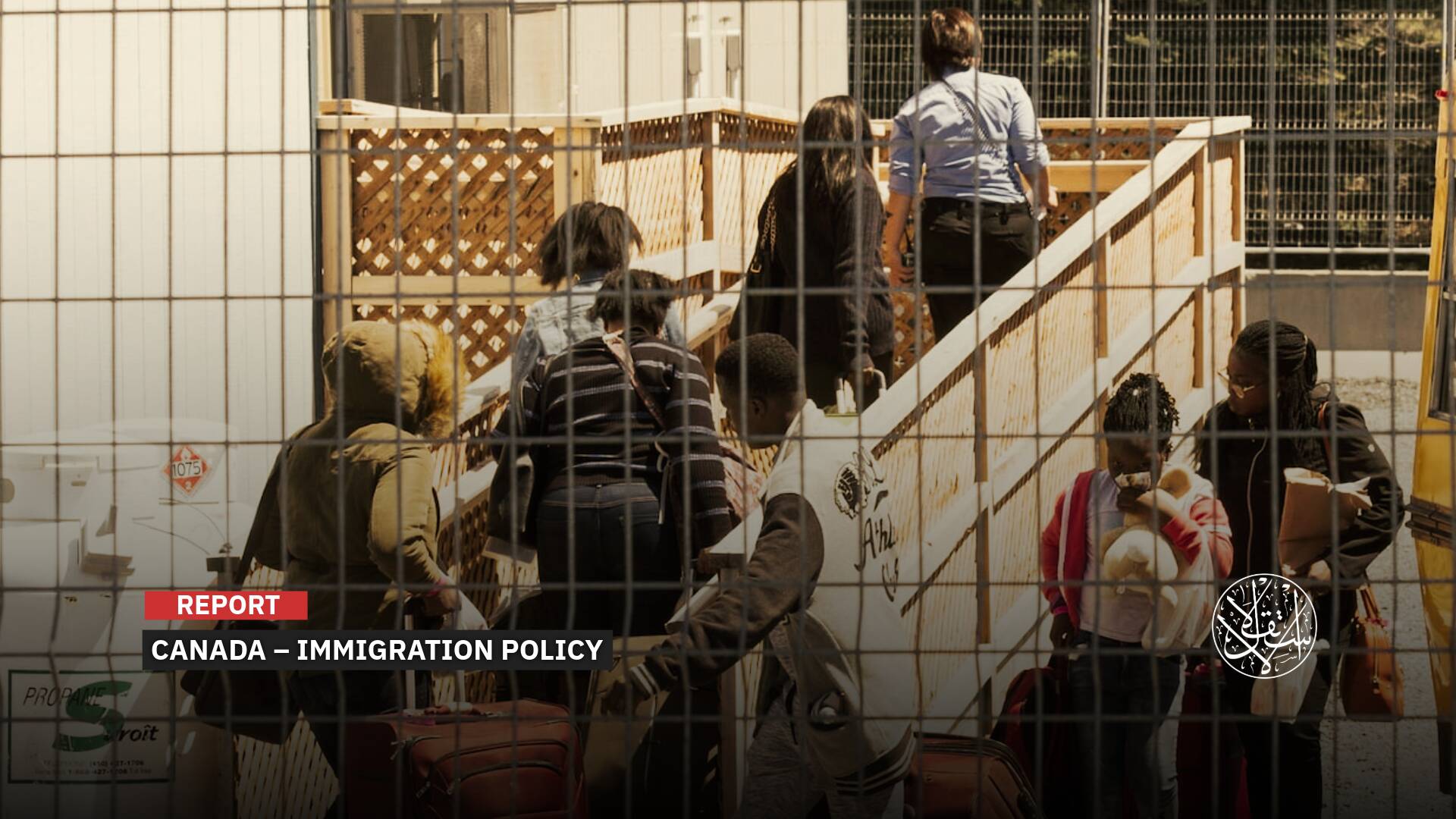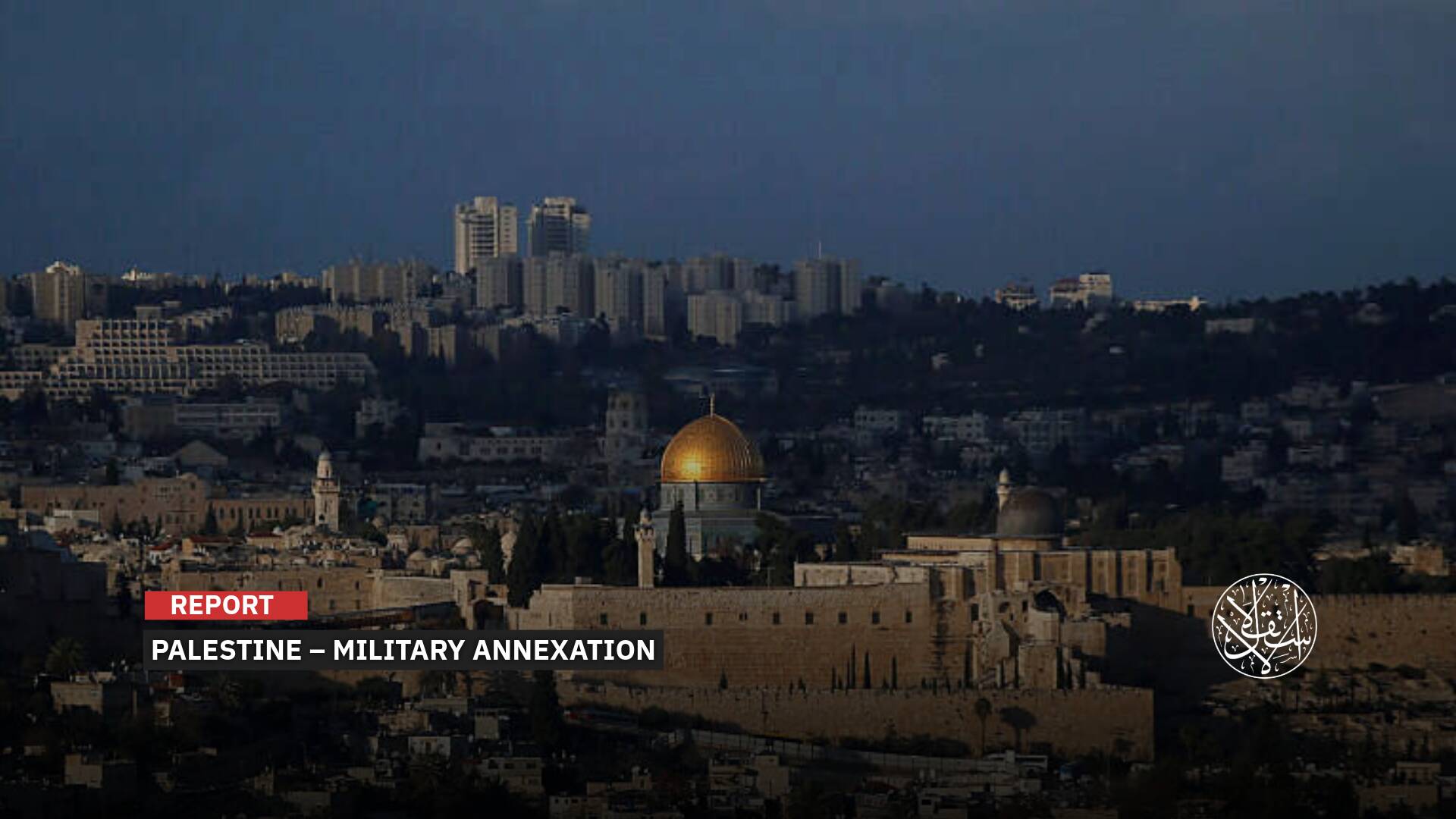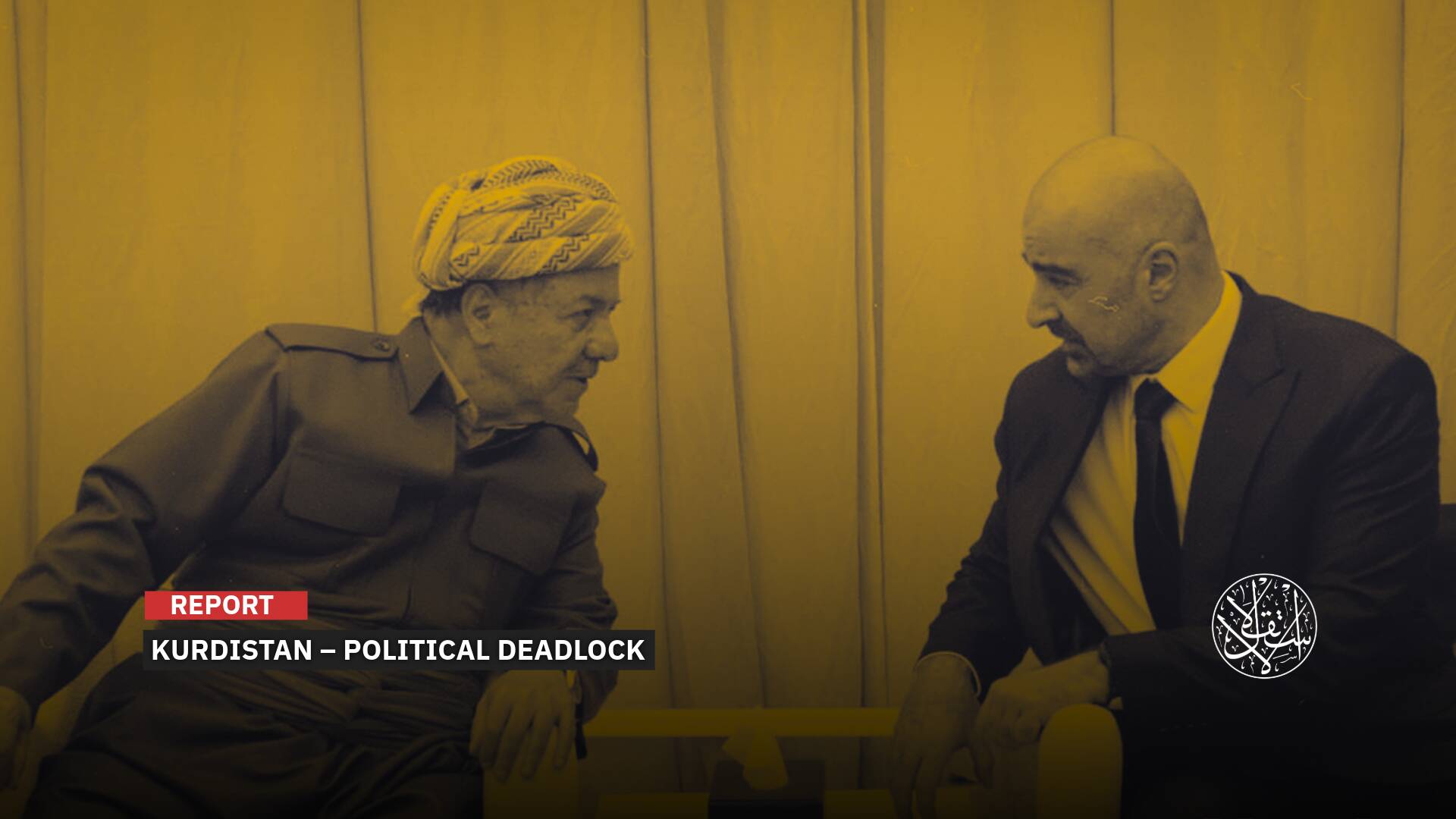The Arms Race; A Turkish Center Monitors the Conflict Between America and China in the Pacific Ocean

The Turkish “Ankara Center for Policy and Crisis Studies” published an article on the strategic importance of the Asia-Pacific region after it has become the new center of international economics and politics.
The article, written by researcher “Oktay Kucukdegirmenci”, stated that “The region has recently begun to rise on the international agenda due to the intensity of activities and the development of military technologies in it, and increasing defense spending for countries there.”
He pointed out that “the intensification of the main competition in the region between China and America, and the important sub-competition between China and Japan, has caused an increase in the spending of small countries on arms.”
He hinted that “the small countries that are taking their place on the fringes of the regional politics of the Asia-Pacific region, are trying to do like other countries.”
In his article, the Turkish researcher raised the question of what could be caused by the conflict between America and China in the Asia-Pacific region and the frantic arms race. He warned that this situation is very similar to the beginnings of the First World War.

Dragon and Eagle Game
According to the writer, “China has begun mass production of (DF-26) missiles, China's first nuclear-armed missile system capable of delivering precision strikes.”
Although some analysts estimate that there is a margin of error in the missile's ability to hit targets accurately; However, this system is important in the context of Chinese offensive weapons.
While a warhead can also be used in the advanced mobile system developed by China for medium-range missiles, the combat range of these missiles reaches up to 3,000 km.
“Which means that it is able to target the island (Guam), which hosts one of the main US military bases in the Pacific Ocean,” according to the article.

On the other hand, the writer noted that “America is developing new weapons in the Pacific to counter Beijing.”
According to the 2021 U.S. Military Briefing Documents, in the Indo-Pacific region, Washington plans to deploy its new long-range weapons in Japan, Taiwan and other countries.
Kucukdegirmenci spoke of an American weapon that travels five times the speed of sound, it is capable of launching a warhead and hitting targets with a range of 2775 km.

He explained that “it has not yet been decided which countries will deploy these weapons; most of America's allies in the region are reluctant to place these weapons on their soil.” It is likely that “this will happen in Japan,” according to analysts.
“Tokyo, an ally of Washington, which hosts more than 54,000 American troops, perhaps the Japanese island of Okinawa was the best place to deploy missiles,” according to the Turkish writer’s vision.
He added, “Other countries in the region have security concerns that stem from Beijing, therefore it wants to reduce its dependence on Washington.”
“Because hosting American missiles on their soil may make them vulnerable to China’s hostility, and its reactions are not welcome consequences, in light of the growing tension between China and America.”
He pointed out that “these countries are working to increase their military capabilities by purchasing and developing new missiles.”
“Japan spends billions of dollars on long-range missiles, and it seeks to develop the anti-ship missile (Type 12), which can be installed on trucks. It raised its range from 200 km to 900 km and then to 1500 km.”
“(Type 12) can bomb land and sea targets, and after its development, it will receive updates on its targets via satellite data during its flight. This improves its performance and increases its accuracy during attacks,” according to the writer.
He asserts that “Japan will increase the number of sites containing missile systems in the (Nonsai) island chain to 4: Amami Oshima, Okinawa, Miyako and Ishigaki, at the end of fiscal year 2021.”
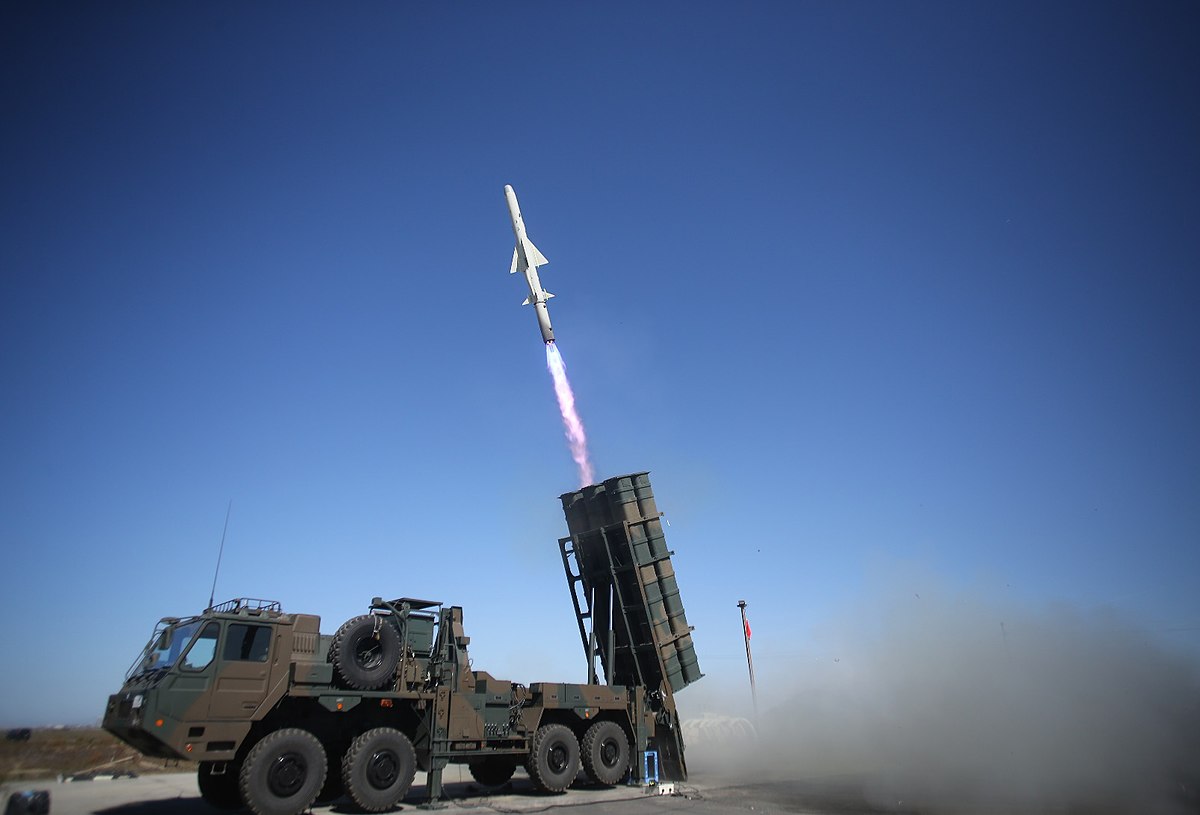
Bloated Anxiety
Regarding South Korea, one of America's main allies, the Turkish writer said: “It has a domestic ballistic missile program that it developed under a recent agreement with Washington, Seoul considers it an important strategic offensive weapon.”
Kucukdegirmenci explained that “the range of the missile system, called (Hyunmo-4), is 800 km. It carries 2 tons of warheads and delivers precise strikes, especially since the country was under pressure from North Korea's missile threats.”

On the other hand, the Australian government plans to spend $270 billion on defense projects in the next 10 years to enable it to counter rising powers such as China.
Australian Defense Minister Peter Dutton confirmed in March 2021 that his country is working with America on a local guided missile project that meets Australia's needs and the expectations of its military allies.

As for Taiwan, Kucukdegirmenci explained, “It has not announced missile programs so far; However, in December 2020, the US State Department approved its request to purchase dozens of short-range ballistic missiles.”
According to the Turkish writer, “Taiwan produces weapons in large quantities, and develops (Cruise) missiles, like (Yun Feng) missiles that can reach Beijing.”
Yun Feng is defined as a supersonic (surface-to- surface) cruise missile. It is designed to bomb military targets in northern and central China. It is one of Taiwan's few strategic possessions.
He explained that “(Yun Feng's) standard range is 1,200 km, and its improved version reaches 2000 km, while the island of Taiwan is located 200 km from the southern coast of China. As you can understand how important this missile is to Taiwan.”

He warned that “the development of missiles in the Asia-Pacific heralds the transformation of the region into a stage for displaying aircraft that are faster and more accurate in targeting, and the most advanced missiles in the world in the coming years.”
He concluded his article by saying: “While this means the escalation of security problems in the region with the increasing security concerns of other countries, it can be said that the region is experiencing a stage similar to before the First World War.”



